Home>Ideas and Tips>How To Install A Programmable Thermostat For Energy Savings
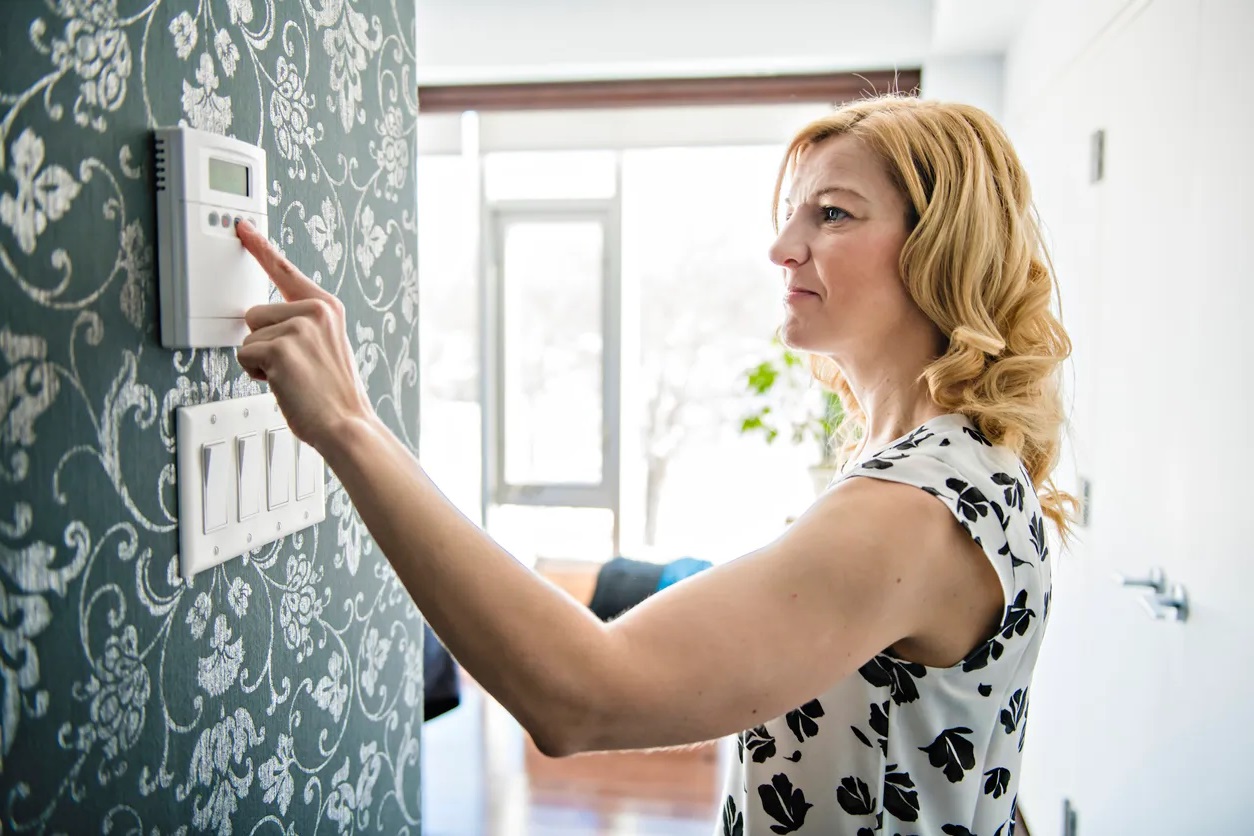

Ideas and Tips
How To Install A Programmable Thermostat For Energy Savings
Modified: October 27, 2024
Learn how to install a programmable thermostat to save energy and reduce bills. Follow our step-by-step guide for a more efficient and comfortable home.
(Many of the links in this article redirect to a specific reviewed product. Your purchase of these products through affiliate links helps to generate commission for Storables.com, at no extra cost. Learn more)
Installing a programmable thermostat is one of the simplest and most effective ways to save energy in your home. These devices allow you to automate the temperature adjustments based on your schedule, ensuring that your heating and cooling systems are not running unnecessarily when you're not home or when you're sleeping. In this article, we will guide you through the process of installing a programmable thermostat, highlighting the benefits, types, and essential steps involved.
Benefits of Using a Programmable Thermostat
Before diving into the installation process, it's important to understand the benefits of using a programmable thermostat. These devices offer several advantages that can significantly reduce your energy bills and enhance your home's comfort.
Energy Savings
One of the primary benefits of using a programmable thermostat is the potential for substantial energy savings. According to the Department of Energy, you can save as much as 10% a year on heating and cooling bills by simply turning your thermostat back 7°-10°F for 8 hours a day from its normal setting. This can translate to significant cost savings over time, especially for households with high energy consumption.
Improved Comfort
Programmable thermostats allow you to set different temperatures for various times of the day. For example, you can set a lower temperature when you're asleep or away from home and a more comfortable temperature when you're active and at home. This ensures that your home remains comfortable while minimizing unnecessary energy usage.
Convenience
Another significant advantage of programmable thermostats is their convenience. These devices allow you to automate temperature adjustments based on your schedule, eliminating the need for manual adjustments each day. This feature is particularly useful for households with multiple occupants who may have different schedules and preferences.
Enhanced Maintenance
Regular maintenance is crucial for ensuring that your HVAC system operates efficiently. Programmable thermostats often come with features like vacation mode or adaptive recovery, which help maintain a consistent temperature even when you're away from home. This reduces the strain on your HVAC system and prolongs its lifespan.
Types of Programmable Thermostats
When selecting a programmable thermostat, it's essential to consider the type that best fits your needs. Here are some common types of programmable thermostats:
Basic Programmable Thermostats
Basic programmable thermostats are affordable and offer the most basic features. They allow you to set different temperatures for various times of the day but lack advanced features like remote access or learning capabilities. These models are ideal for homeowners looking for an economical solution without advanced features.
Smart Thermostats
Smart thermostats offer advanced features like learning capabilities, remote access via smartphone apps, and integration with home automation systems. These devices can analyze your usage patterns and adjust settings for optimal comfort and efficiency. While they are more expensive than basic units, smart thermostats often provide greater energy savings and convenience.
Wi-Fi Enabled Thermostats
Wi-Fi enabled thermostats allow you to control your HVAC system from anywhere using a smartphone or computer. These thermostats offer the flexibility of remote access and often integrate with other smart home devices for a more robust home automation system.
Tools and Materials Needed
Before starting the installation process, gather the necessary tools and materials. Here’s a list of what you’ll need:
- New Programmable Thermostat: Choose a thermostat that is compatible with your HVAC system.
- Screwdriver: For removing the old thermostat and mounting the new one.
- Wire Stripper: To strip the insulation from the wires.
- Drill and Bits: If you need to drill holes for mounting the thermostat.
- Pencil: For labeling the wires.
- Level: To ensure the thermostat is installed level.
- Batteries: If required by your new thermostat.
- Wire Labels or Masking Tape: For labeling the wires during disconnection.
Step-by-Step Installation Guide
Step 1: Switch Off the Power
The first step in installing a programmable thermostat is to switch off the power to the circuit for the furnace and air conditioner. Verify that the power is off by attempting to adjust the temperature on your current thermostat. This safety precaution is crucial to avoid any electrical shock or damage to your HVAC system.
Step 2: Remove the Old Thermostat
Take off the cover of the old thermostat. You may need to use a screwdriver to remove any screws holding it in place. Once you have access to the wires, label each one with a letter next to its terminal using masking tape or wire labels. This will help you identify which wire goes where during reconnection.
Read more: How Does A Programmable Thermostat Work
Step 3: Disconnect the Wires
Disconnect the wires from the old thermostat one at a time. Be careful not to touch any of the wires together as you work, and bend each wire so it doesn’t fall back into the hole. If you're unsure about any wire connections, consult your thermostat's manual or seek professional help.
Step 4: Connect the Wires
Connect the wires to the new programmable thermostat according to the manufacturer's instructions. Typically, the wires are connected as follows:
- R (Red): Usually connected to the 24VAC power source.
- W (White): Typically connected to the heating circuit.
- Y (Yellow): Often connected to the cooling circuit.
- G (Green): Usually connected to the fan circuit.
- C (Common): Sometimes used for additional functions like humidistats or dehumidists.
Make sure all connections are secure and not touching each other to avoid short circuits.
Step 5: Mount the Thermostat
Mount the new programmable thermostat on an interior wall away from direct sunlight, drafts, doorways, skylights, and windows. Ensure it is level and where natural room air currents occur. Avoid placing furniture in front of or below your thermostat as it can block natural air movement.
Step 6: Set Up Your Thermostat
Set up your thermostat by following these steps:
- Set the Time and Date: Ensure that the correct time and date are set on your thermostat. This step is crucial for your programmed schedules to work correctly.
- Create Temperature Schedules: Most programmable thermostats allow you to create different schedules for weekdays and weekends. Set lower temperatures when you're asleep or away from home and more comfortable temperatures when you're active and at home.
- Input Your Preferences: Input your preferred temperatures for when you're home, asleep, and away. Take advantage of energy-saving features like vacation mode or adaptive recovery.
Read more: How To Save Money On Thermostat
Enhancing Thermostat Performance
To get the most out of your new programmable thermostat, consider these tips for enhancing its performance:
Optimal Schedules
Experiment with different schedules to find what works best for your household. Perfecting the settings that provide the most comfort and energy savings may take time.
Regular Maintenance
Regular maintenance keeps your thermostat and HVAC system in top condition. Replace batteries as needed and clean the thermostat’s components to prevent dust buildup.
Location
Install the thermostat in a location that accurately reflects your home’s average temperature. Avoid placing it near drafts, direct sunlight, or appliances that emit heat.
Read more: Which Programmable Thermostat To Choose
Troubleshooting Common Issues
While installing a programmable thermostat is generally straightforward, you may encounter some issues. Here are some common problems and their solutions:
Heating or Cooling System Not Responding
Verify that the wires are correctly connected, there’s no corrosion on the wires, and your thermostat is compatible with your HVAC system.
Inaccurate Temperature Readings
Ensure the thermostat is level and away from drafts or heat sources.
Thermostat Not Turning On
Check the batteries or power connection. If you're unsure about any step in the process, consult a professional HVAC technician.
Additional Features to Consider
Modern programmable thermostats often come with additional features that can enhance your home’s comfort and energy efficiency:
Geofencing Capabilities
Advanced smart thermostats offer geofencing features, which use your smartphone’s location to adjust temperatures when you leave or return home automatically.
Humidity Control
Certain programmable thermostats can monitor and control your home’s humidity levels, improving indoor air quality and comfort. Proper humidity levels can protect your home’s structural integrity and improve your living environment.
Outdoor Temperature Sensors
Some thermostats include outdoor temperature sensors. These wireless devices allow the thermostat to display outside temperatures and adjust indoor settings for optimal efficiency.
Conclusion
Installing a programmable thermostat is a relatively simple DIY project that can lead to significant energy savings and improved home comfort. By following these steps and considering the types of programmable thermostats available, you can automate your temperature adjustments and enjoy a more efficient and comfortable living space. Remember to troubleshoot any issues that arise during installation and take advantage of additional features offered by modern programmable thermostats to maximize their potential.
By taking these steps, you can save money on your heating and cooling bills while maintaining a comfortable home environment. Whether you choose a basic or smart thermostat, the benefits of energy savings and enhanced convenience make installing a programmable thermostat an excellent investment for any homeowner looking to improve their home's efficiency and comfort.
Was this page helpful?
At Storables.com, we guarantee accurate and reliable information. Our content, validated by Expert Board Contributors, is crafted following stringent Editorial Policies. We're committed to providing you with well-researched, expert-backed insights for all your informational needs.


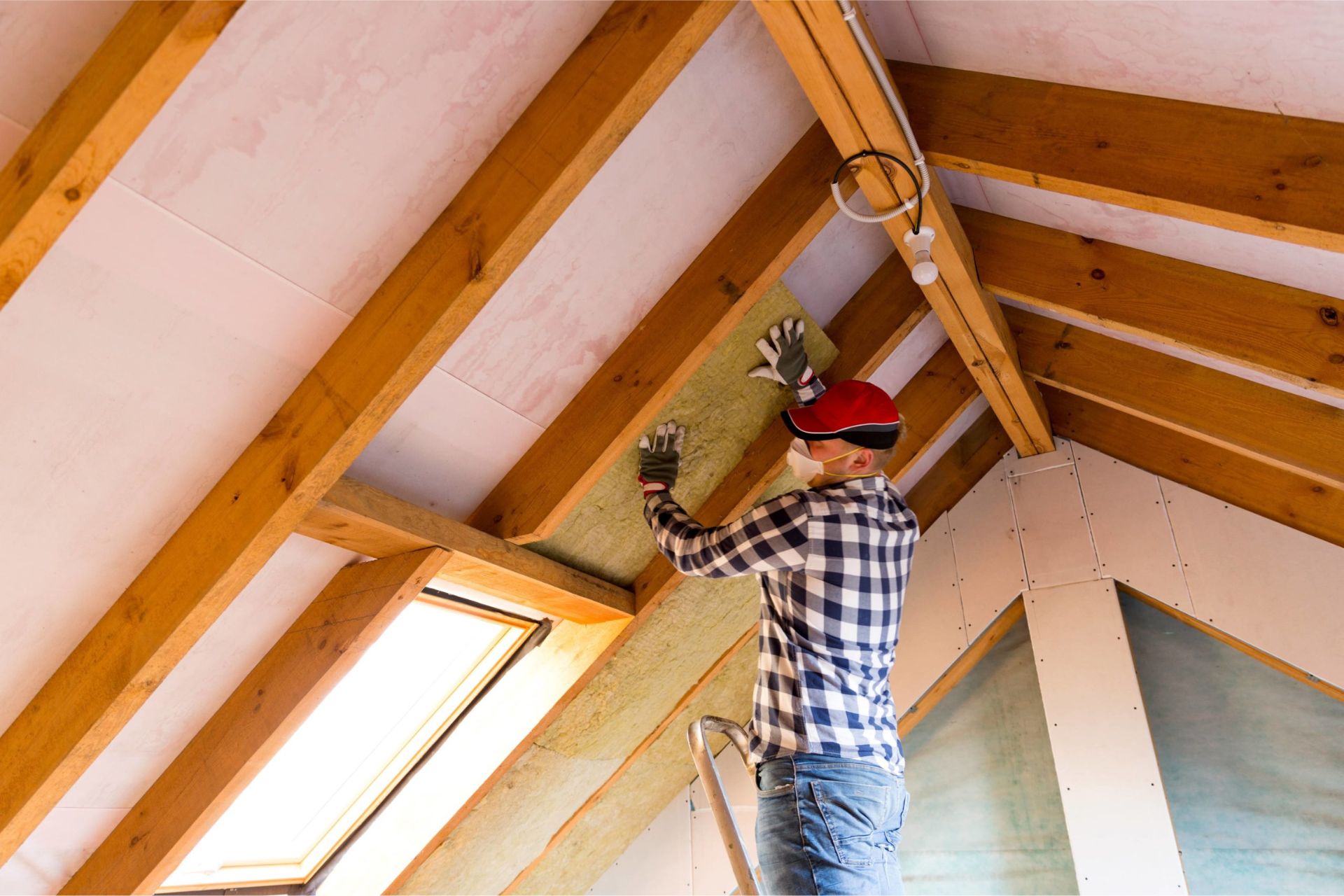
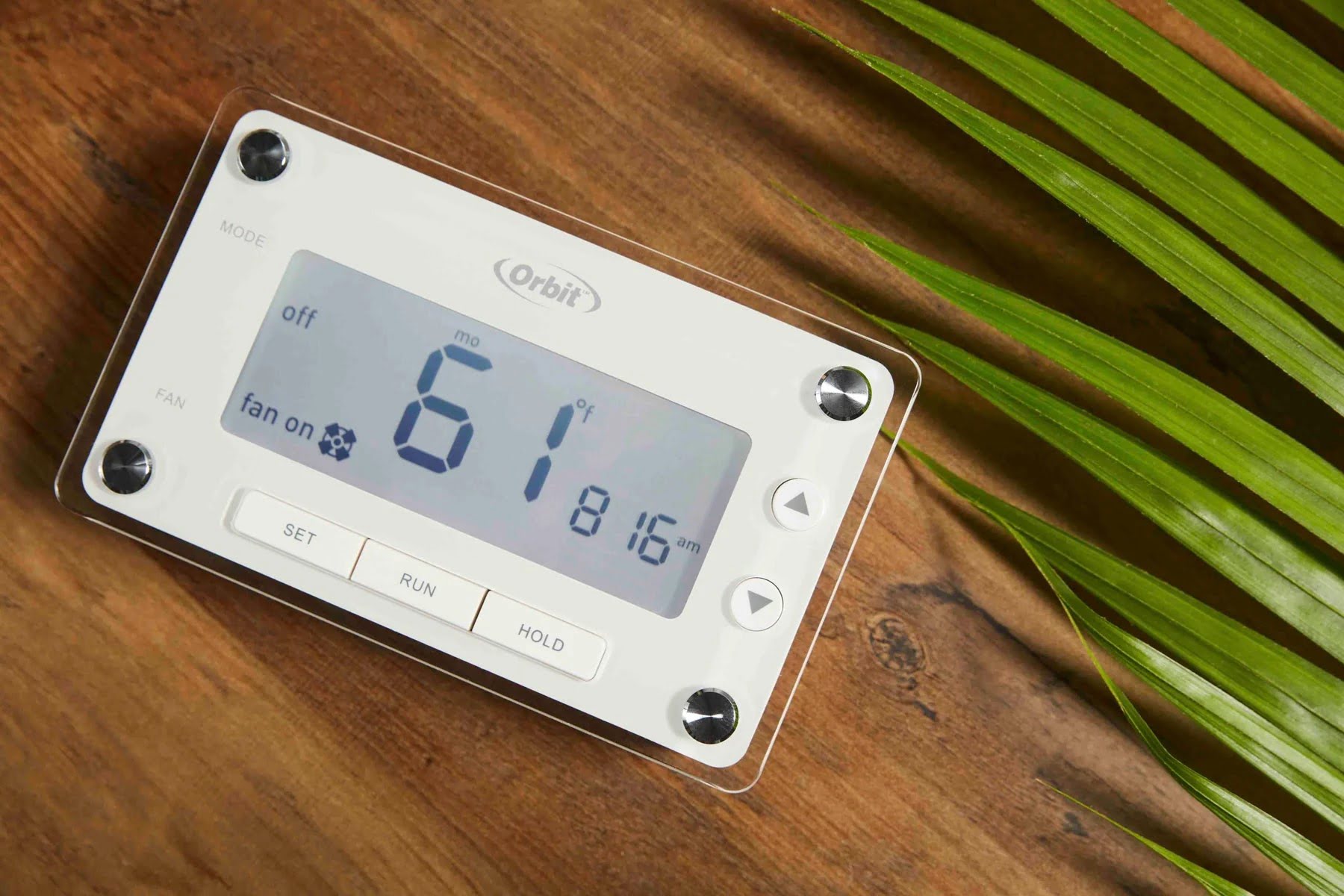
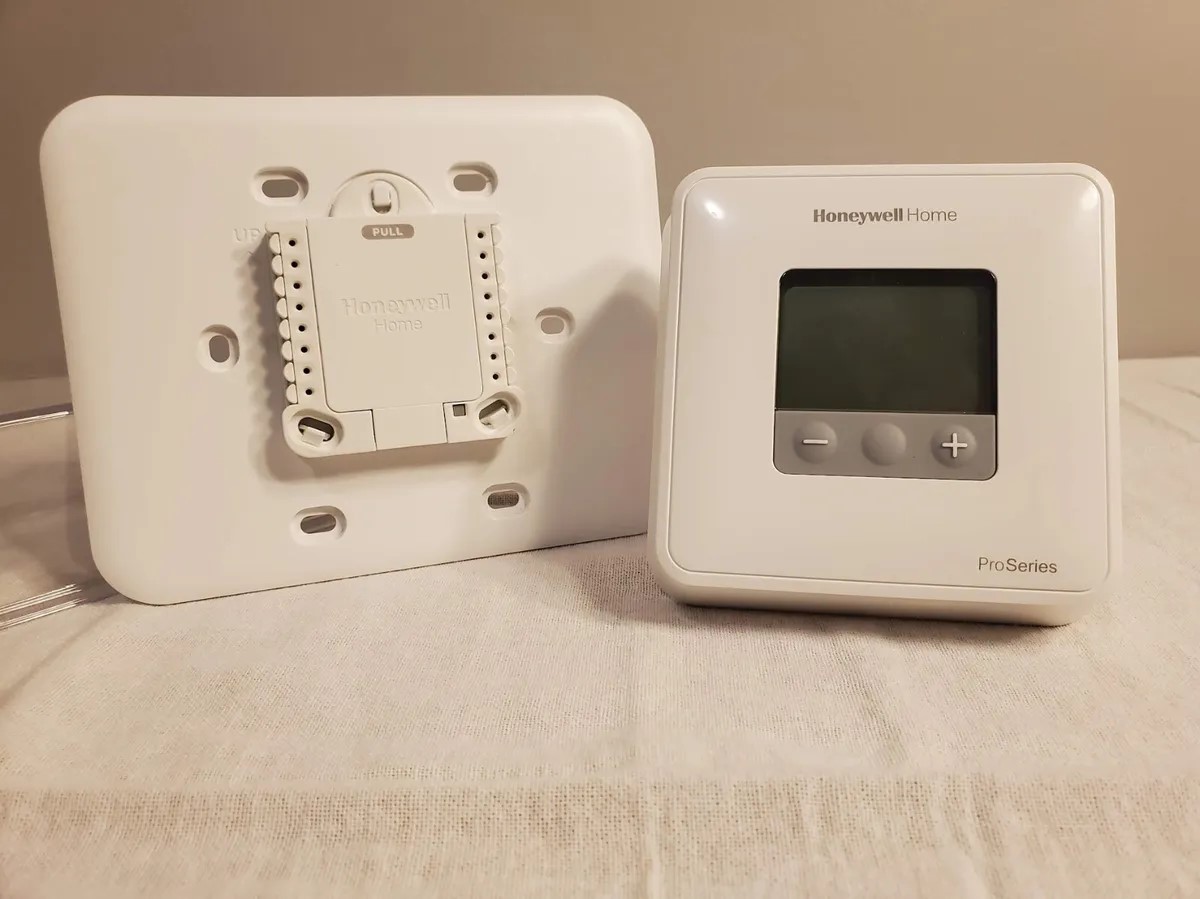
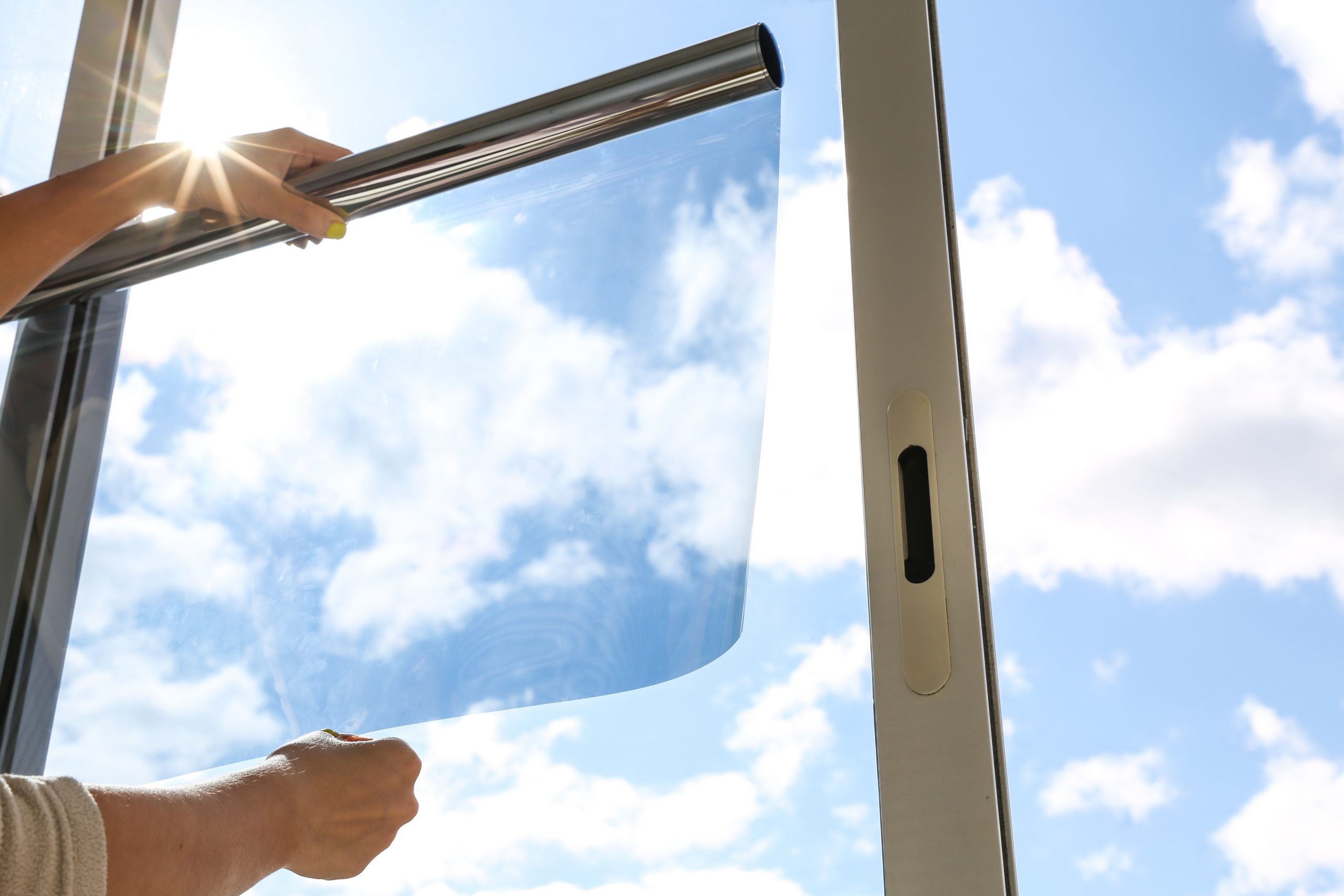
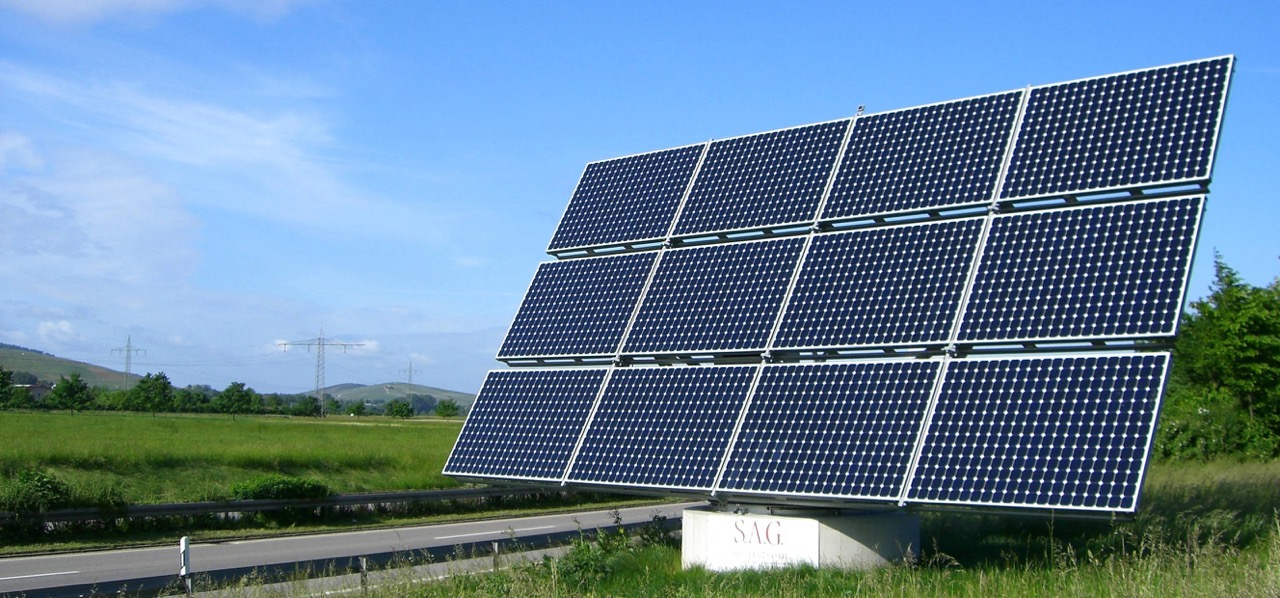
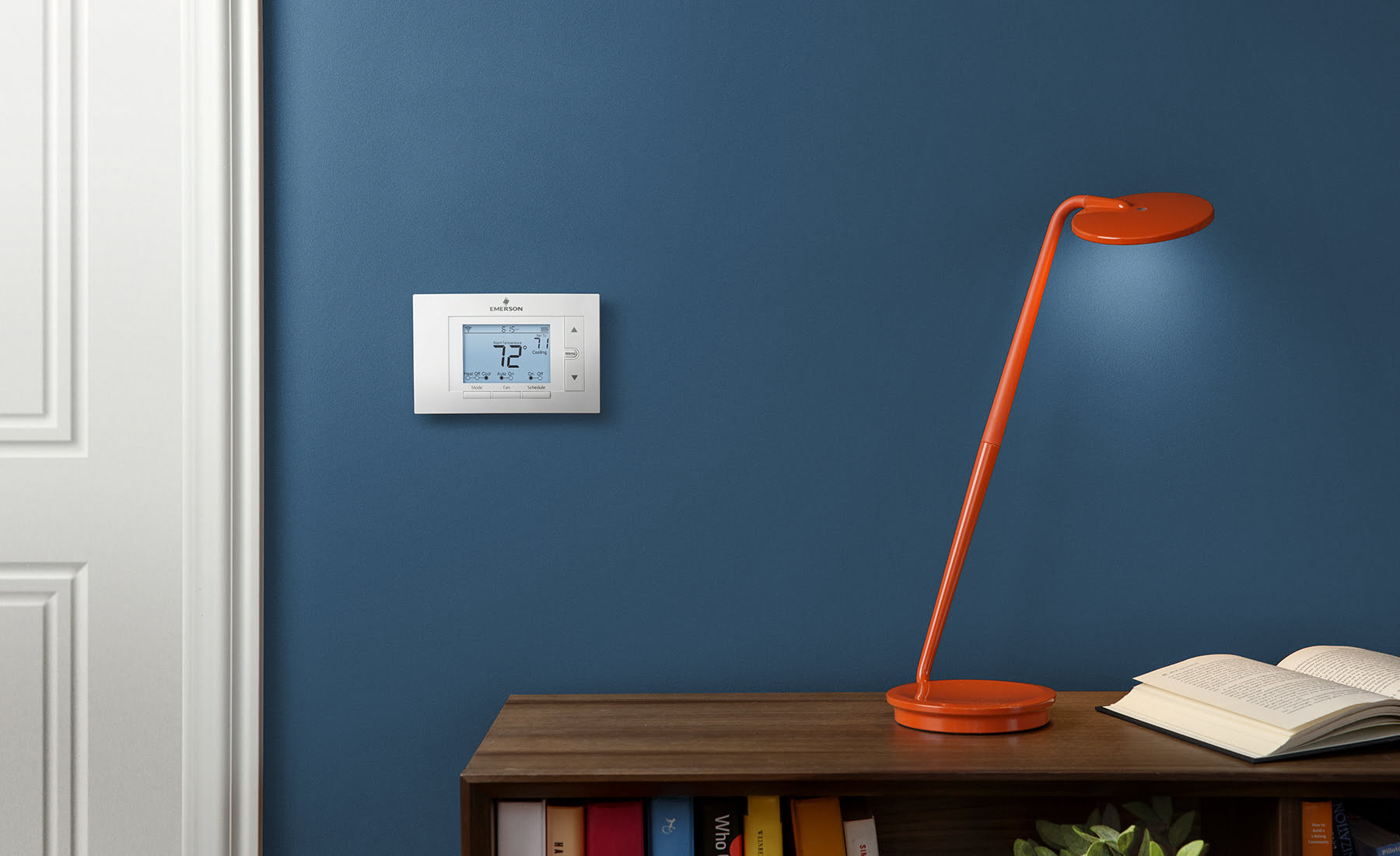

0 thoughts on “How To Install A Programmable Thermostat For Energy Savings”